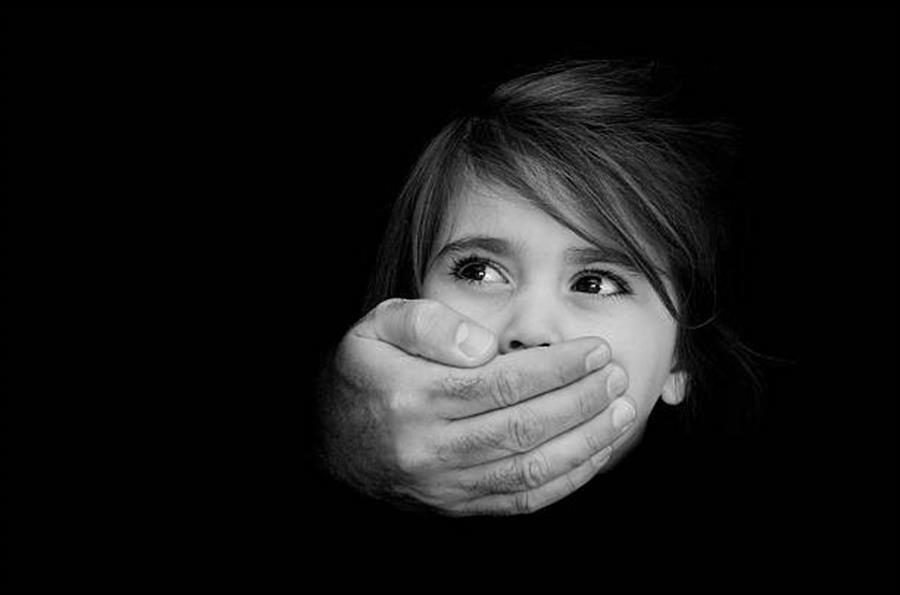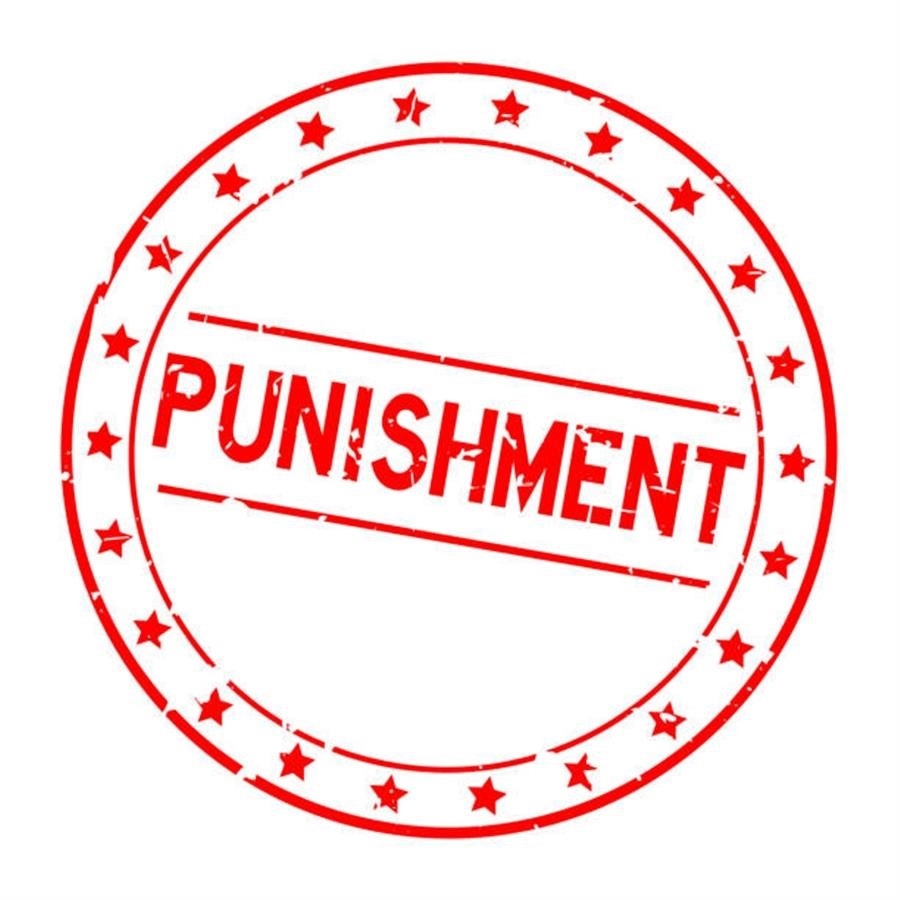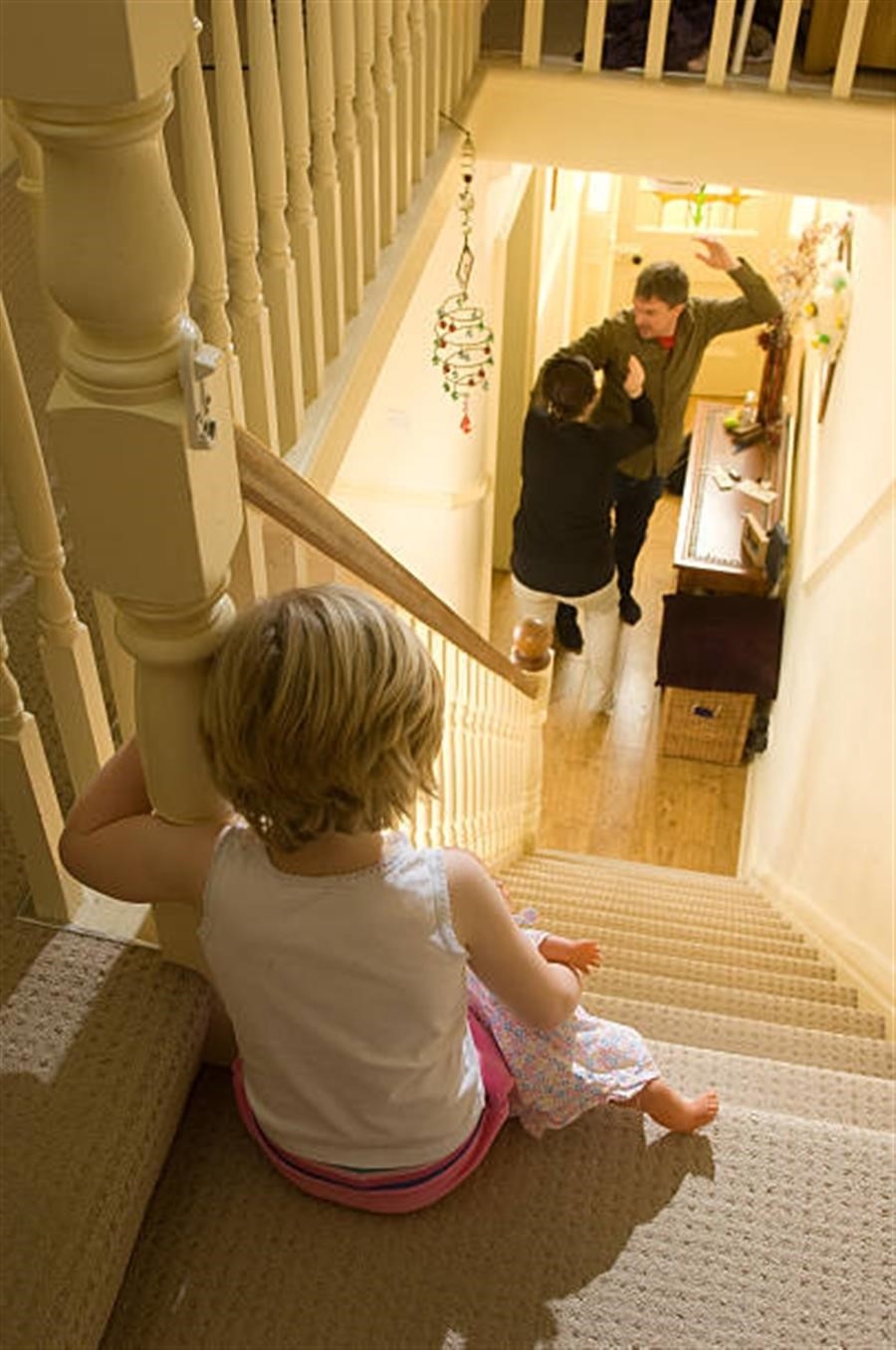Child sexual abuse occurs when a child under the age of 16 is used for sexual purposes by an adult or adolescent. It is inherently emotionally abusive and is a betrayal of trust and an abuse of power over the child. Sexual abuse is often accompanied by other forms of mistreatment.
Child sexual abuse involves exposing a child to any sexual activity or behaviour, whether direct or indirect. Examples include sexual touching, sexual acts, exhibitionism, voyeurism, pornography, and prostitution. The law does not differentiate between actions performed on a child and those performed by a child.
Changes to the age of consent
On May 1, 2008, the federal government amended the Criminal Code of Canada to raise the age of consent for sexual activity from 14 to 16 years of age.
Section 151 of the Code makes it a crime to touch, for a sexual purpose, any person under the age of 16 years. However, there are two “close-in-age” exceptions, depending on the age of the younger person.
- A youth of 12 or 13 can consent to sexual activity with someone who is less than two years older.
- A 14- or 15-year-old can consent to sexual activity with someone who is less than five years older than she or he, or if they are married or are in a common-law relationship.
Neither exception applies if the accused person is in a position of trust or authority with the victim, or if the victim was in a relationship of dependency with the accused person or if the relationship between the accused and victim is found to be exploitative.
The Tackling Violent Crime Act better protects youth from adult sexual predators by:
- raising the age at which youths can consent to non-exploitative sexual activity from 14 to 16 years;
- maintaining the existing age of protection of 18 years for exploitative sexual activity (i.e. sexual activity involving prostitution or pornography, a relationship of trust, authority or dependency or relationship that is otherwise exploitative); and
- including a close-in-age exception that permits 14- and 15-year-old youths to engage in consensual, non-exploitative sexual activity with a partner who is less than five years older. Another exception is available for marriages and for pre-existing common-law relationships.
Close-in-age exception to consent defense
- If the complainant is between 12 and 14 years old and the accused is
- between 12 and 16 years old and
- less than two years older than the complainant and
- not in a position of authority.
A 12- or 13-year-old would not be prosecuted unless in a position of authority.
- If the complainant is 14 or 15 years old and the accused is
- less than 5 years older than the complainant and
- not in a position of authority or a caregiver or in an exploitative relationship with the complainant.
Who are the victims?
Victims of child sexual abuse are found in all classes and ethnocultural communities. Children who have physical or mental disabilities are especially vulnerable to sexual abuse.
Children who are isolated from others are at greater risk of being sexually abused. These children have little contact with friends, siblings or adults whom they can trust. Some abusers take advantage of a child who is already isolated. Other abusers manage to isolate the child by manipulating people or situations.
Possible health effects
Possible health effects include, but are not limited to:
- Sexually transmitted infections
- Chronic abdominal or pelvic pain
- Irritable bowel syndrome
- Menstrual irregularities
- Behaviour problems, interpersonal difficulties
- Post-traumatic stress disorder
- Suicide attempts, addictions
Statistics
Child sexual abuse is largely a hidden crime, so it is difficult to estimate the number of children who suffer from sexual abuse. Children are often afraid to report the abuse. They fear the consequences of disclosing information and are often convinced that no one will believe them. They often blame themselves for the abuse and fear retaliation from the abuser if they tell. In addition, very young children are often unable to articulate or understand their experiences, making it difficult for them to disclose what is happening.
- Children and youth account for 61% of reported sexual assaults
- 50% of sexual assaults on children under the age of 6 are perpetrated by a family member
- 86% of all reported child sexual assaults are perpetrated by an individual known to the child
- Strangers are implicated in only 5% of reported child sexual assaults, and the majority of these are against older teens4
- 67% of reported child sexual assaults take place in a private dwelling



